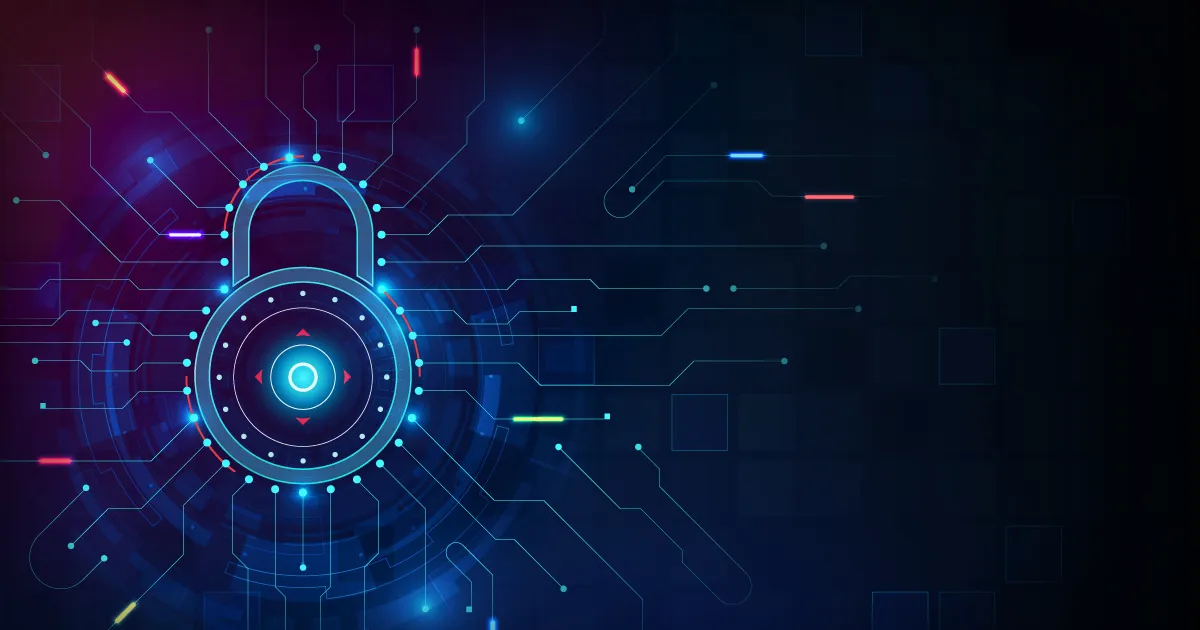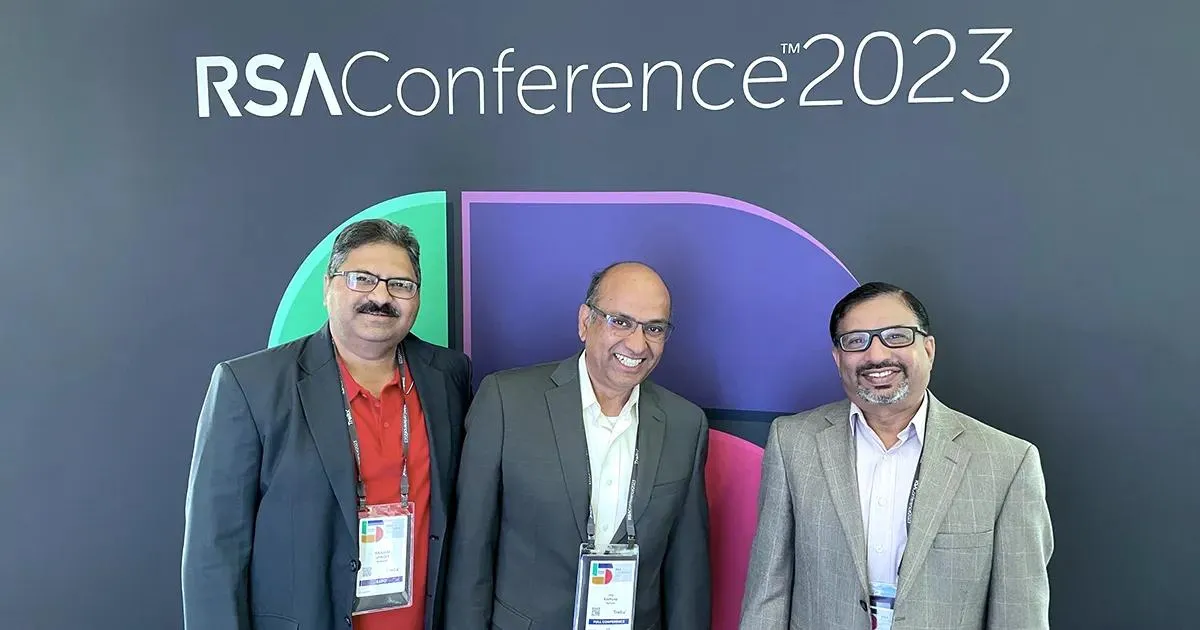



Oil pipelines, food processing plants, public transportation channels, and government departments have been found vulnerable to cyberattacks.[1] And that’s only in one month in 2021! If ever there was any doubt about the need for independent software vendors (ISV) to bake application security into their products, there shouldn’t be now.
We are coming to terms with the effects of COVID-19, and technology has been one of the key pillars that kept the world running in digital mode. Workplaces and living spaces have become software-driven, so what better time is there for security best practices to be integrated into the digital products as we all leverage to stay afloat in challenging times?
Specifically, in the context of enterprises, the security discussion is taking on different dimensions. For one, IT has become a driving force in value delivery for enterprises and the pandemic has accelerated the transition. To add to that, the pandemic made most organizations as distributed workplaces and opened up hundreds, maybe thousands, of endpoints of vulnerabilities into enterprise IT systems as employees started working from home.
There has also been a paradigm shift in the way security is viewed within the digital product development process. The shift-left security approach, wherein security is embedded much earlier in the software development process, is now becoming a standard consideration for CIOs and CISOs. Once, software development teams opposed this shift as it added a lot of time delays caused by inefficiencies and dependencies within different teams involved in taking a product from conception to deployment. That has changed for the better now.
Today’s agile environments empowered with DevOps strategy allow developers the freedom to collaborate and deliver impact. By relying on continuous integration and continuous deployment, better known as CI/CD, the process becomes more seamless. Hence bringing security earlier in the process and enriching the entire lifecycle with security considerations right from the start helps organizations prevent risks that may arise from broken deployments.
As ISV’s race to build digital products that help enterprises achieve their digital ambitions, recognize the urgent need to focus on enterprise security components as well. It’s clear that building an ultra-secure digital product starts with amending the product development process to keep security at its heart.
DevOps vs DevSecOps – Where Both Stand Today
Modern digital product development approaches follow DevOps as a standard practice to achieve efficiency and agile development cycles. However, DevOps focuses more on enabling seamless collaboration between various teams with shared goals and KPIs. Companies can ensure higher release frequencies and with a definite amount of predictability as well.
But, the focus today is shifting to incorporating a security framework for product development as well. The emphasis is growing on secure coding practices and the need for a security framework for product development to ensure success. This is where DevOps transitions into DevSecOps where ISVs seek to accommodate a concerted application security assessment into every stage of their DevOps.
DevSecOps is the principle of baking application security into digital product development from the start of the software development lifecycle. Let us evaluate how each stage of a secure software development lifecycle looks like:
Modeling and Design
Right from the start, when a software product is framed as user workflow, represented by a sequence of boxes and arrows in a flowchart, there is a need to include threat modeling as well. Security conditions need to be considered and then incorporated in the requirement modeling stage.
While designing, it should be noted that security design templates should be made a base that ensures that security controls are embedded before the design of the product takes final shape. It’s also becoming important now to validate the security posture of the entire software supply chain to prevent code-level vulnerabilities don’t creep into the design.
Secure Coding Practices
Secure code reviews have always been the best way to ensure that developers follow inherently secure coding standards while building a software product. Defining the standards to follow, codifying secure coding practices and standards, and seeking validation or security certification when available are great ways to ensure that all the developers always follow consistent practices.
Conducting secure code review on the finished code or at the end of every stage or sprint is an essential step in securing the application credentials. It is also important to create (and follow) a robust SDLC security requirements checklist over the course of the digital product development process to ensure security in agile product development.
Quality Assurance
Quality assurance is the stage where usually the security of the application is tested, stressed, validated, and certified. However, in modern-day software development, it is important to carry out extensive quality assurance checks specifically to ensure compliance with established security policies. Penetration testing can be done at the application level once the full system is certified to go live. The scope of security testing is expanding to address the environment the product functions in too, to check if any chinks appear in the armor under specific usage conditions or when subjected to certain combinations of application scenarios.
Deployment
In the deployment stage, the onus is on securing the environmental configurations as well as application maintenance credentials. ISVs will have to ensure that in the event of identifying new vulnerabilities, the application stays secure, and risks of exploitation are kept under control. By removing redundant interfaces and irrelevant configuration files, and strengthening the server as well as the configuration layers, ISVs can ensure that new digital applications run in the most optimum and secure production environment possible with no threats of disruption.
Pro-Active Monitoring of Live Products
This is the age of SaaS and cloud products. By leveraging the power of automated monitoring, live intrusion detection as well as validation of multiple compliance requirements, ISVs can pro-actively monitor the live product for any vulnerabilities and respond in real-time when problems arise.
For leaders and decision-makers, it is important to encourage a culture of security. This is essential because building a comprehensive security framework for product development and delivery goes beyond technology. The unfortunate truth about security is that most vulnerabilities are introduced into secure systems due to bad behavior, poor process compliance, and low awareness.
Adequate training is essential to ensure that all employees have a clear understanding of how security risks can lead to business disruption and quantifiable business losses.
Enterprises are extensively taking the digital route to drive up revenue. From cloud computing to artificial intelligence, IoT, blockchain, and dozens of digital technologies are witnessing massive investments from enterprises across sectors or industries. In the digital world of today’s enterprise, the onus is on ISVs to create a secure software development lifecycle is vital to ensure that the digital ambitions of their enterprise customers do not face an existential threat.
Shift-Left, Reduce Risk and Secure Your Organization With Xoriant
Xoriant brings decades of security experience and is always on the cutting-edge of new tools and technologies to protect your assets from legacy systems to cloud-native and mobile apps. We ensure that your business is free from actual and potential vulnerabilities. As trusted advisors and virtual CISOs, our experts provide vulnerability management expertise, end-to-end security advice, cloud-based software solutions for security and compliance assessments, real-time monitoring, and rapid remediation.
Strengthen your Business Security
Connect With Xoriant Security Experts
References
1. CSIS Significant Security Incidents






 View Previous Blog
View Previous Blog




